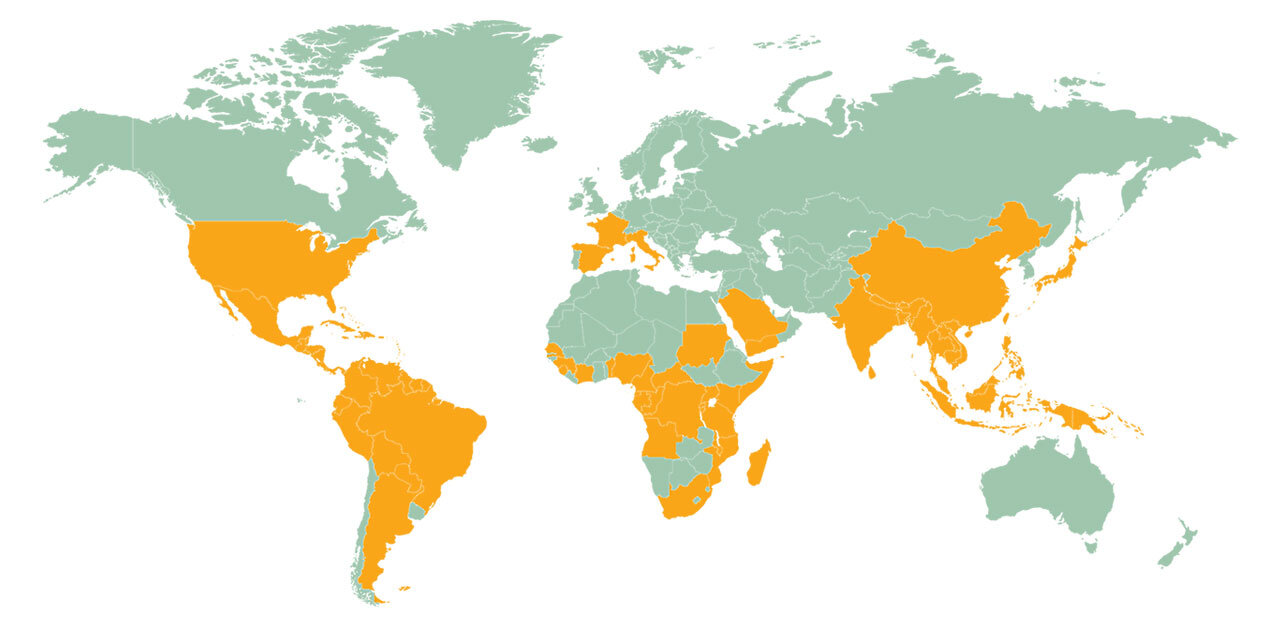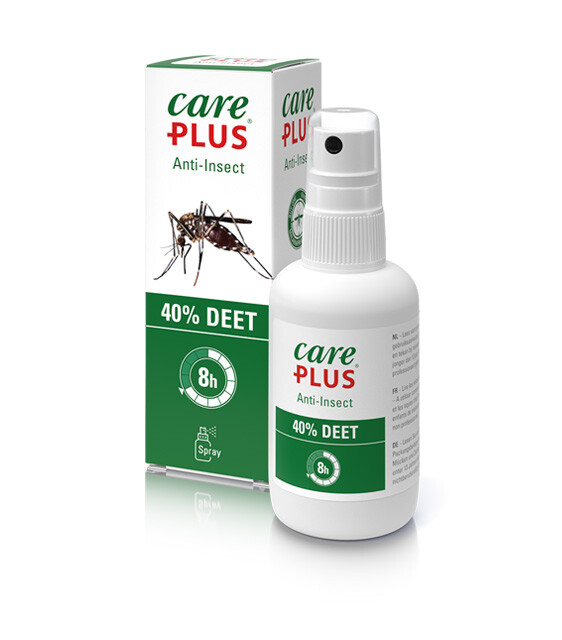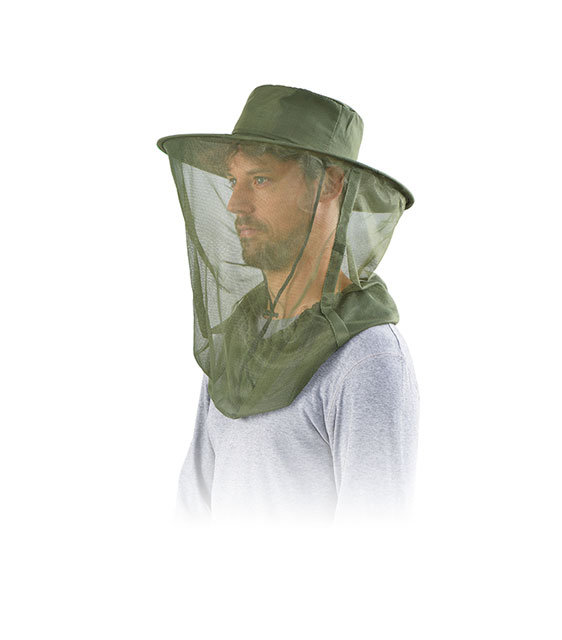Chikungunya
Chikungunya is an infectious disease caused by a virus. This virus is found in (sub)tropical areas and is transmitted by mosquitoes that sting during the day. An infection with this disease can be accompanied by mild to severe symptoms. Usually a bite of the yellow fever mosquito (Aedes aegypti) or the Asian tiger mosquito (Aedes albopictus) is the cause.

What is Chikungunya?
Chikungunya is an infectious disease caused by an alphavirus: the chikungunya virus. The virus occurs in (sub)tropical areas and is transmitted by mosquitoes that, unlike the malaria mosquito, sting during the day.
The first symptoms of chikungunya occur on average between 1 and 12 days after the bite of an infected mosquito. The symptoms can range from mild to severe complaints. A skin rash usually develops a few days after the onset of fever. Serious complaints are more common in babies, older people or adults who suffer from other diseases. Acute symptoms after an infection with chikungunya virus usually disappear within 1 to 3 weeks, but the joint pains (arthritis) can persist for months or even years. Complications and deaths from infection are rare.
What are the symptoms of chikungunya?
- sudden high fever
- severe joint pain that can last for a long time
- headache
- muscle pain
- skin rash
- various eye conditions, including conjunctivitis
Protection against chikungunya
Prevention of chikungunya is aimed at travellers to and from risk areas in the (sub)tropics. The main route of infection of chikungunya virus is by the Aedes mosquito, in particular the yellow fever mosquito (Aedes aegypti) and the Asian tiger mosquito (Aedes albopictus), which sting during the day. In addition to chikungunya, these mosquitoes can also transmit the dengue and zika virus.
A vaccine against chikungunya virus is not yet available. Prevention of chikungunya is mainly aimed at preventing mosquito bites, especially in the early morning and afternoon when the Aedes mosquito is active. Wearing covering clothing and applying mosquito repellent with DEET or Citriodiol to bare skin reduces the risk of infection. Sleeping under an impregnated mosquito net is also recommended, as with other mosquito-borne diseases.
How often does chikungunya occur in Poland?
Chikungunya virus is found in Africa, Asia, Central and South America, the southern part of North America, the Caribbean and the countries in and around the Indian Ocean. In Europe there have been local cases of chikungunya virus infections in Italy (2007 and 2017) and (southern) France (2011 and 2017). In the Dutch Caribbean, dozens to hundreds of cases of chikungunya are reported every year. In the UK, only imported cases of chikungunya have been reported up to now. Because the Asian tiger mosquito (Aedes albopictus) has not settled here so far, the risk of local infection is still very small.



